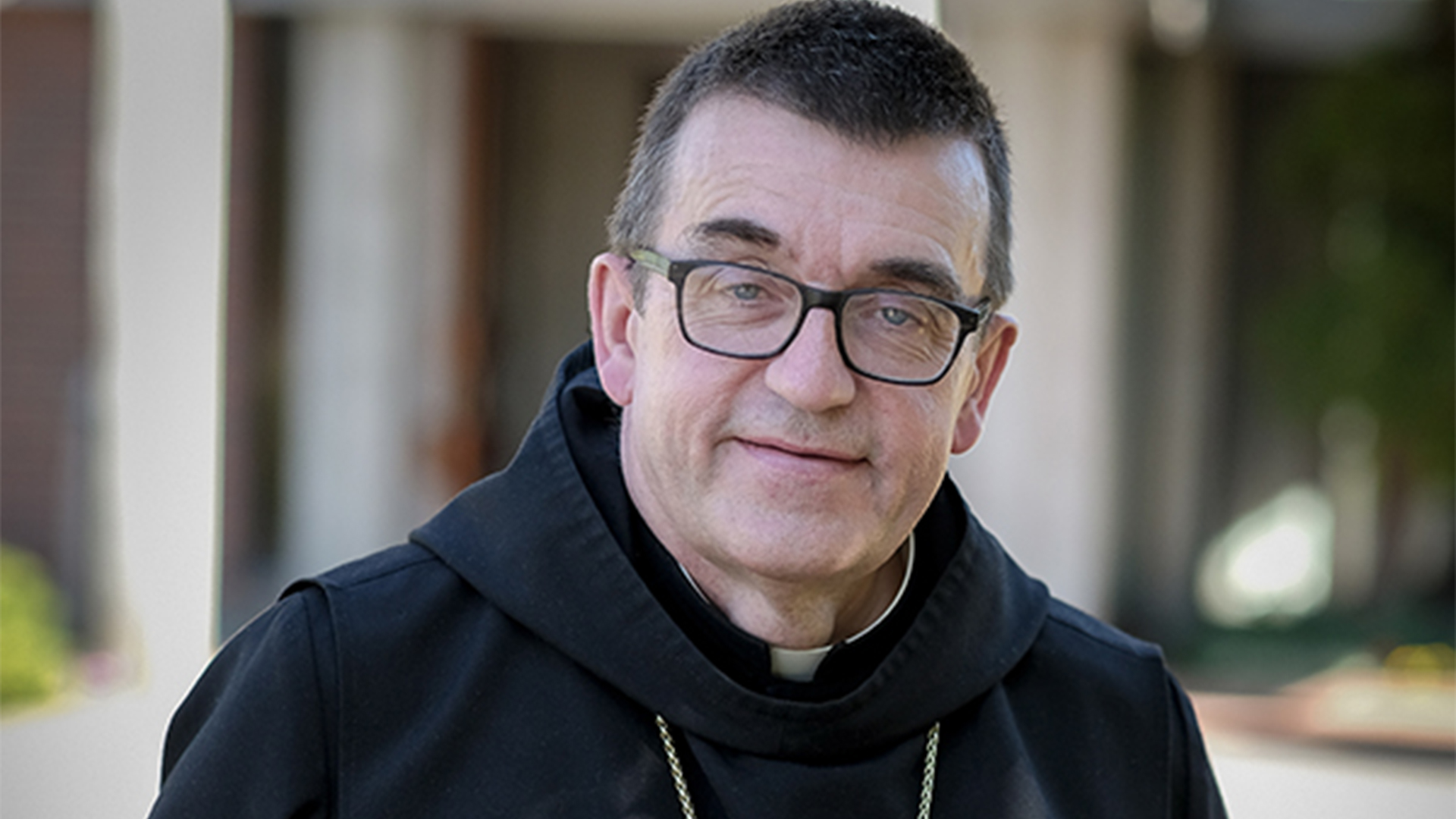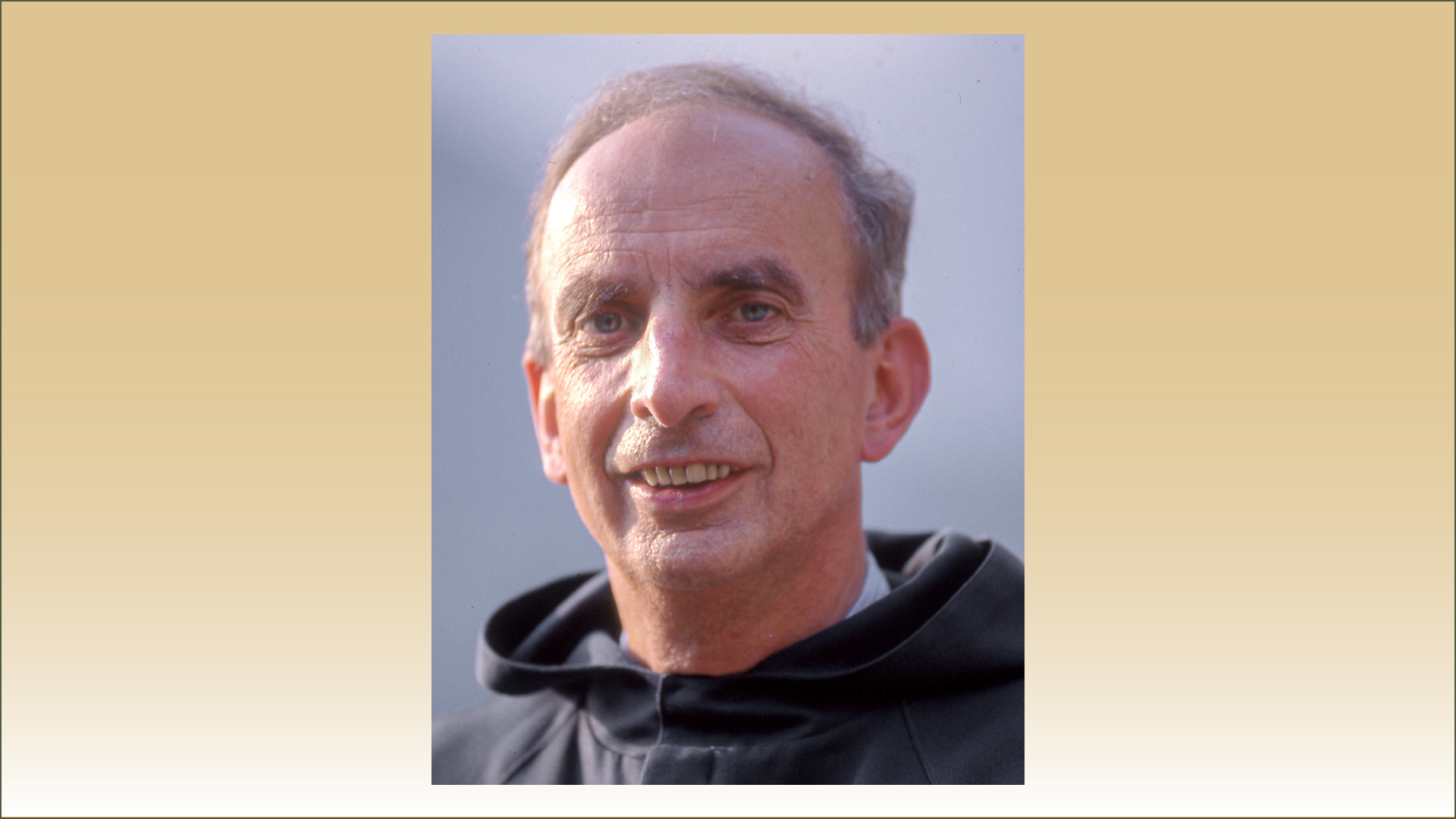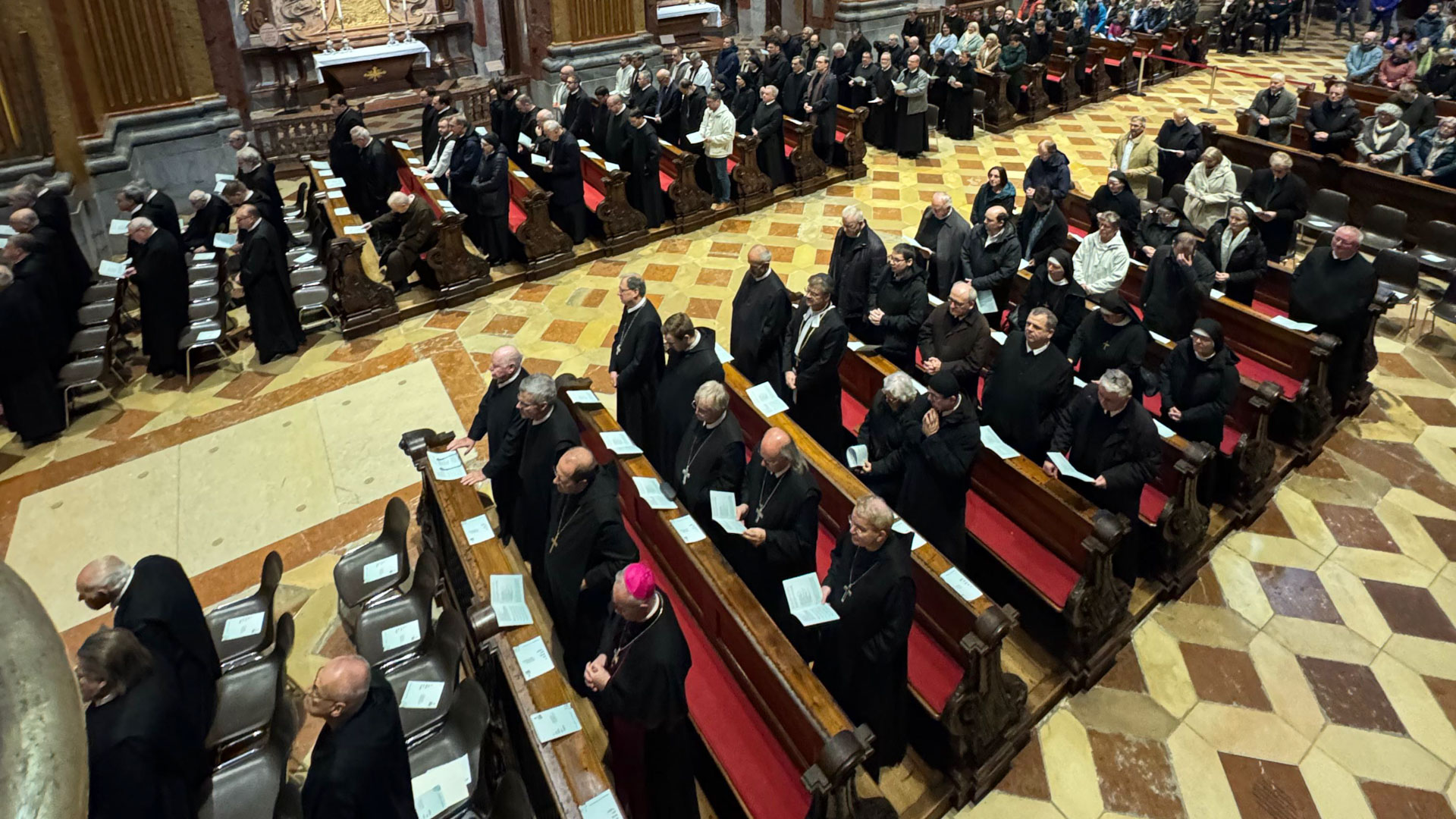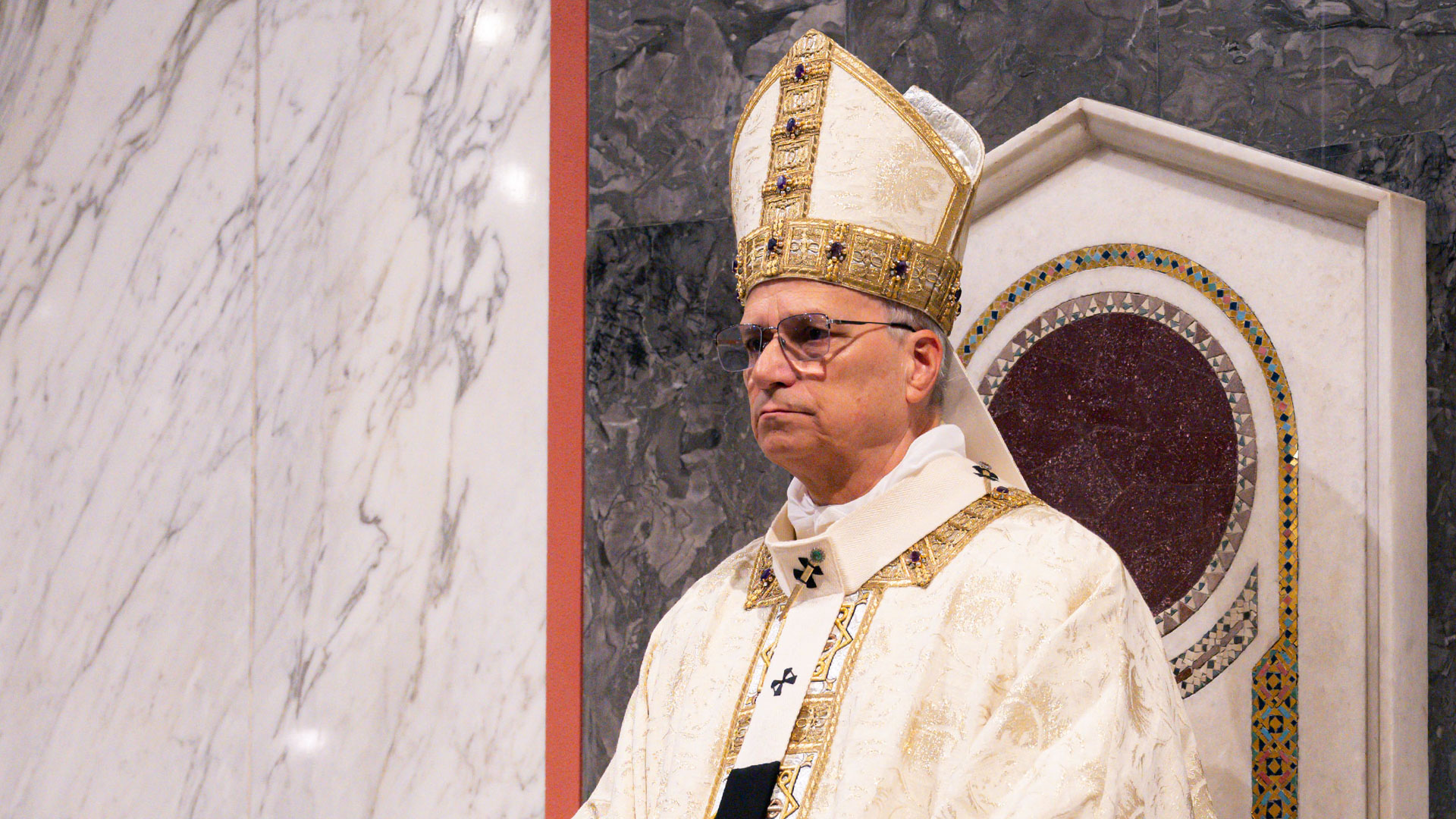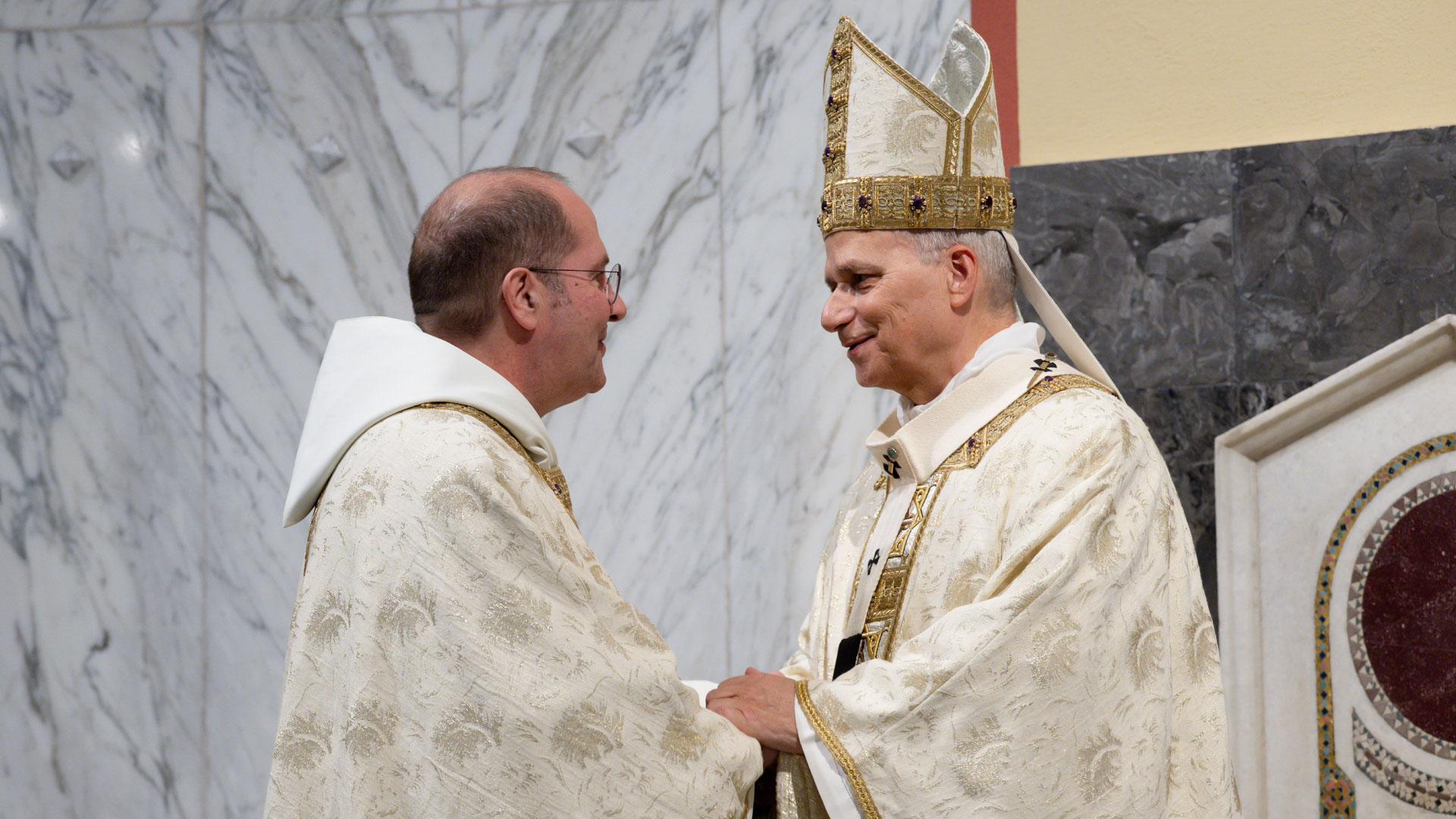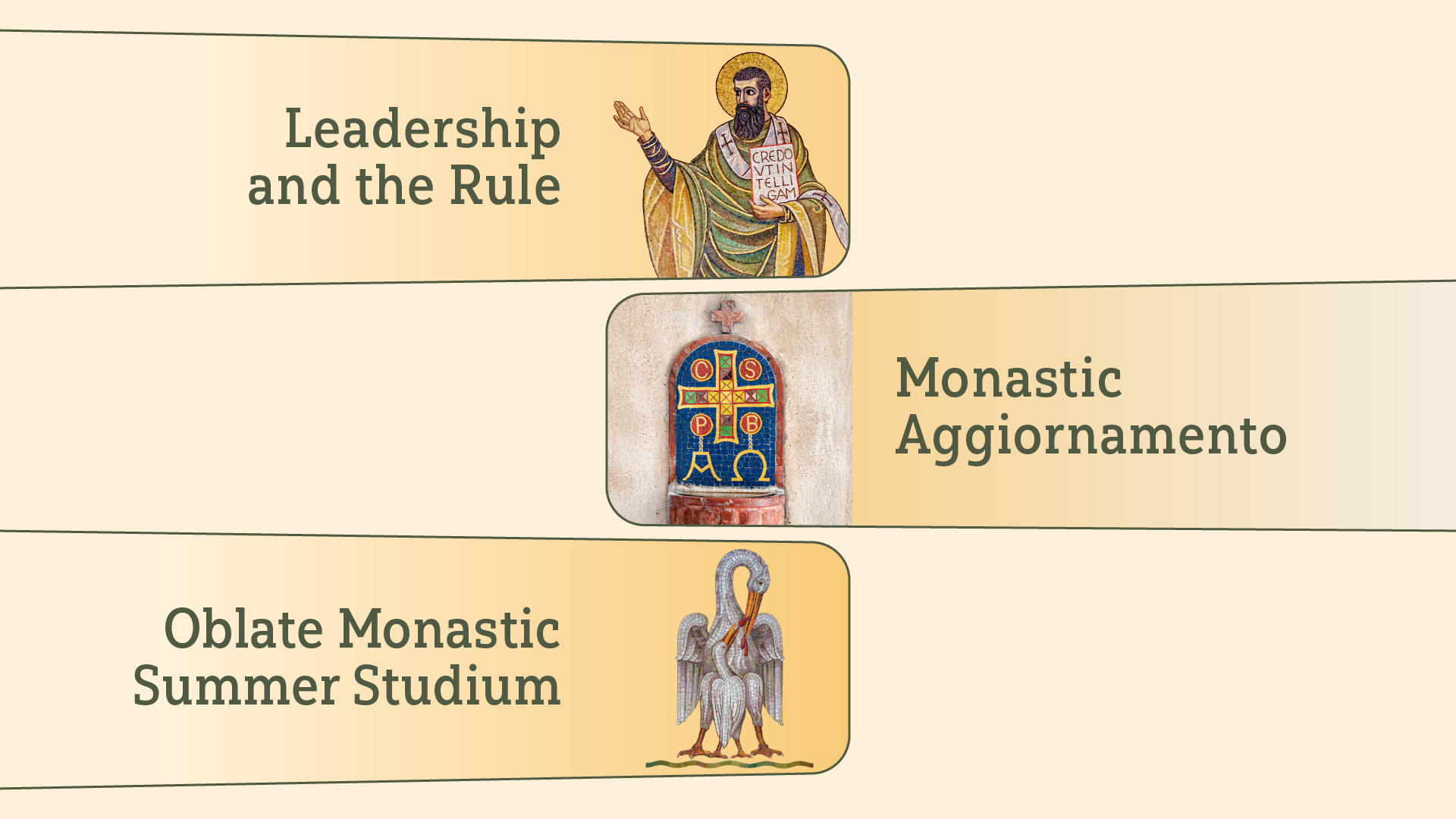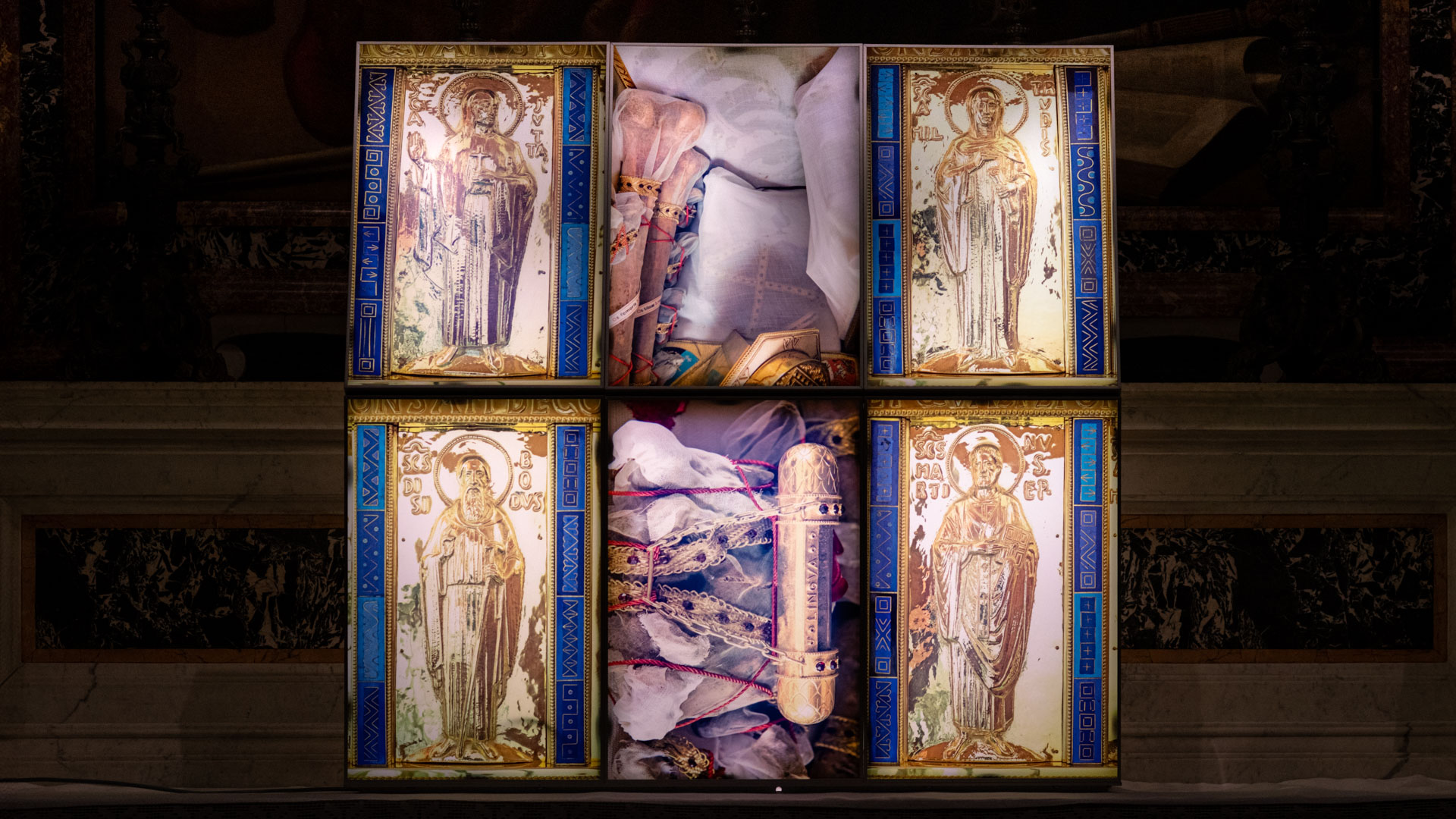A Liturgical Tune-Up: Abbot Alban Riley on Reforming the Benedictine Calendar
Abbot Alban Riley is leading the revision of the Benedictine liturgical calendar, much like updating a car's control module to ensure smooth functioning. The proposed changes aim to balance the cycle of feasts and seasons while allowing monasteries flexibility, preserving the Benedictine tradition of prioritizing liturgical seasons over an ever-expanding list of saints.
25 March 2025
The liturgy has some resemblances to an automobile. It has a continually turning cycle, like the wheels of a car and its engine. But it’s not just spinning those wheels, it’s going somewhere and it’s taking the people of God with it to the eschaton.
I’m presenting proposed revisions to the Benedictine liturgical calendar, and the calendar has a relation to the liturgy rather like that of the electronic control module to the car. The calendar is dry and technical, like a computer programme, but it’s essential for the proper running of the vehicle.
And every now and then when you take your car in for a service check, they have to do a software update on your control module. That’s where we are now in regard to our proper calendar.
Most proper calendars seem to be supplements to the Roman General Calendar. That was indicated by the Congregation for Divine Worship in its 1970 Instruction on Calendars. It said, “Propers and particular calendars were formed in such a way that they were added in the manner of an appendix to the Breviary and Missal published by St Pius V, when these were substituted by individual dioceses and religious families for their own proper and traditional books.”
However the Benedictine Calendar was never like that. We always had our own breviaries. In 1915 the Holy See approved a proper calendar for the whole Benedictine Confederation. But, for example, when Pope Benedict XV in 1920 added St Ephrem the Deacon to the General Roman Calendar as a Doctor of the Church, this was not automatically added to the Benedictine Calendar. There was a separate indult in 1921 granting that. And the same thing happened with some other Doctors of the Church. But other saints that came into the Roman Calendar weren’t added to the Benedictine Proper. An outstanding example is the feast of the Most Precious Blood, which in 1931 became a Double of the First Class, in other words a Solemnity, in the Roman Calendar. But it was never taken into the Benedictine Calendar in any form.
In 1972 we were granted a new Proper Calendar in the wake of Vatican II. It seems that at first the officials of the Congregation for Divine Worship continued in the same understanding of the Benedictine Calendar, that it would have to be modified separately when changes came in the Roman Calendar. As time went on, however, the Congregation officials started taking the line that modifications in the Roman Calendar would automatically apply to the Benedictines. On the other hand in 2004 the Congregation approved the new Antiphonale monasticum with the 1972 Calendar, not reflecting the many new celebrations that had been added in the meantime to the Roman Calendar.
However a few years later the attitude of the Congregation seems to have hardened, and Abbot Primate Notker in 2009 decided not to go any further with updating the Benedictine Calendar.
This brings us to 2018, when the Congregation approved a Proper Calendar for the Carthusian Order. This omitted many saints from the Roman Calendar and included of course saints proper to the Carthusians. It even has a slightly different set of ranks of celebrations, with feasts of 3 readings and feasts of 12 readings. So the Carthusian Calendar seems to be autonomous, not an automatic reflection of the Roman. Besides this, changes in the personnel of the Congregation, now Dicastery for Divine Worship and the Discipline of the Sacraments, gave some hope to the synod of presidents that the Dicastery would be more open to granting the Benedictines a Proper Calendar which doesn’t automatically reflect the increased number of saints in the Roman Calendar. So in 2022 Abbot Primate Gregory set up a Calendar Commission, and we have come up with a proposal, accepted by the Synod of Presidents in 2023, which we would like you to approve so that it can be presented to the Dicastery. The Dicastery is aware through informal talks of what we are planning.
But why go to all this trouble? Why not simply accept the automatic updating of our Calendar? The main motive is to safeguard the predominance of the cycle of feasts and seasons of the Lord. There is a tendency always to add more feasts of saints. Benedictines have historically been concerned to keep this in check. For example, the pre-Vatican II Benedictine calendar had over a hundred fewer saints’ feasts in the year compared with the Roman Calendar of the time.
Now of course we can’t be completely independent of the Roman Rite, because we are part of it. So our proposal in fact includes all the new saints, but almost all as optional memorials. That would form the general Benedictine Calendar. Along with that Calendar is included an Introduction (Praenotanda in Latin) which makes provision for a certain amount of subsidiarity. By the provisions of this Introduction, the monastic congregations (and individual monasteries) would draw up their own particular calendars based on the general Benedictine one, but leaving out some optional memorials so as to get the right balance of saints and seasons.
What happens when new saints are added to the Roman General Calendar? The Praenotanda make provision for the Abbot Primate to add these to the Benedictine Calendar, having heard the vote of the Benedictine Liturgical Commission. Which means we’d have to have a Benedictine Liturgical Commission. There hasn’t been one, I believe, since the time when the Thesaurus was being produced in the 70s.
Talking about the Praenotanda I should mention that the liturgical office of the Cistercians has been involved in our commission’s deliberations, and in fact the Trappists have adopted our Praenotanda in their own calendar proposals. The common-observance Cistercians are considering the matter.
Our proposal does have one notable addition to the Calendar, namely a revival of the feast of All Saints of our Order and of the Commemoration of All Deceased of Our Order. These were in our Calendar before 1972 and we thought having them back would be a good way of celebrating the saints and deceased without overburdening the calendar. It might be objected that these two celebrations duplicate All Saints’ and All Souls’, but of course they are more specific. Any commemoration of a saint in fact duplicates All Saints’ – on this reasoning you wouldn’t need any saints’ feasts at all besides November 1.
Finally I have to admit that the liturgy is not an automobile and the calendar is not a computer. The liturgy is ultimately the living body of Christ and not something mechanical. The calendar is something that grows organically as well as being a set of rules. I think our proposal is not something abstract, just cooked up by a committee. Rather it attempts to reflect the reality and character of Benedictine life.

